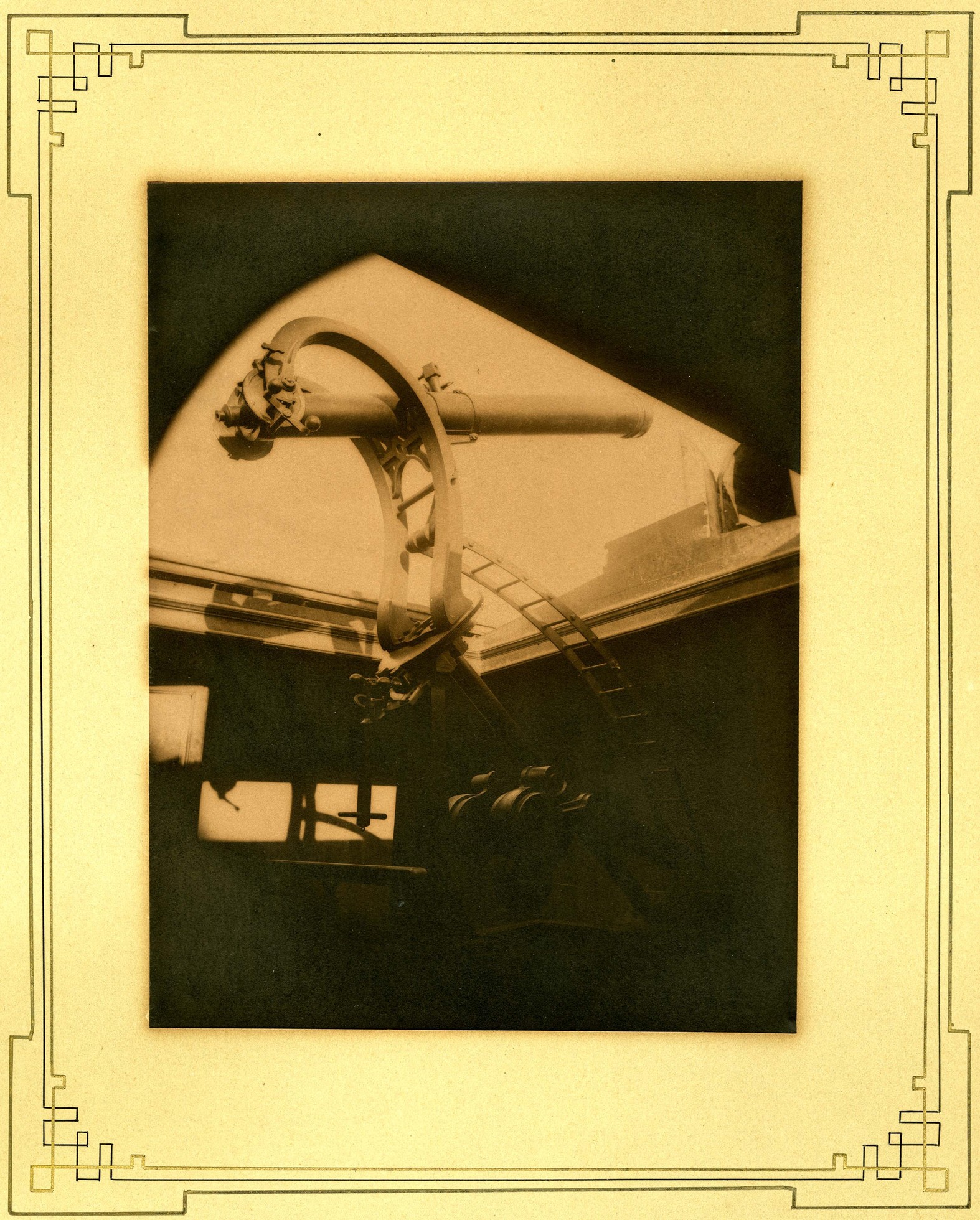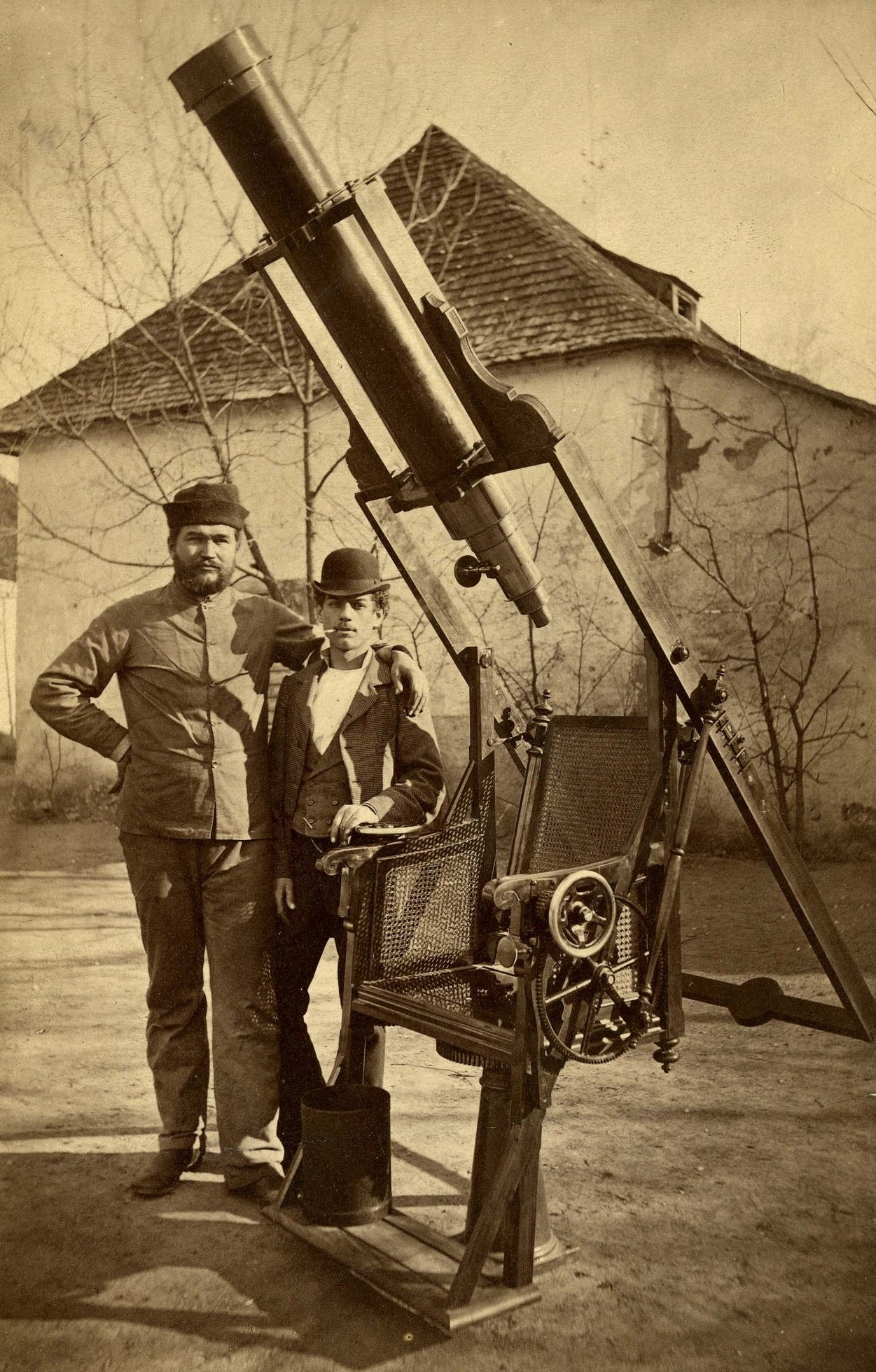Among the comet hunters, Pons set the record, having discovered no less than 37 comets. But others were also very active:
- Charles Messier (1730-1817), 20 comets;
- Wilhelm Tempel (1821-1889), 15 comets;
- Pierre-André Méchain (1744-1804), 14 comets;
- Adolphe Gambart (1800-1836), 13 comets;
- Caroline Herschel (1750-1848), the sister of William Herschel, 8 comets;
- Alexis Bouvard (1767-1843), 7 comets.
It was in France that the hunt for comets was the most active in the 19th century. The German astronomer Tempel discovered eight comets during his stay in Marseilles, where Pons and Gambart had observed before. In 1866, the Marseilles observatory was equipped with a special instrument to discover comets that allowed the observer to point to any direction of the sky without changing place.
More recently, amateur and professional astronomers have discovered many comets. The most famous are Eugene Shoemaker (1928-1997), his wife, Carolyn, and David Levy.
Hundreds of comets are discovered with robotic telescopes of American projects that are in principle dedicated to finding asteroids: LINEAR (Lincoln Near-Earth Asteroid Research), Pan-STARRS (Panoramic Survey Telescope And Rapid Response System) and the Catalina Star Survey.
Furthermore, the solar satellite SOHO (NASA-ESA) discovered with its coronagraph LASCO many comets near the Sun (about 3,000 at present), some of which fall on the Sun, possibly causing eruptions. Some 85 percent of these comets are very small pieces of a giant periodic comet that disintegrated centuries ago when passing near the Sun.
They now pass at only 1.5 million km (930,000 miles) from the Sun (1/100 of the Earth-Sun distance). Most of these objects are searched and identified by amateur astronomers on SOHO images. The pair of STEREO solar satellites of NASA also allows to discover many comets near the Sun through the coronographs COR1 and COR2 of the SECCHI instrument.

Un chercheur de comètes, installé en 1866 à l’Observatoire de Marseille. Coll. Observatoire de Paris, inv.I.1677 (7)
Crédit : Observatoire de Paris




